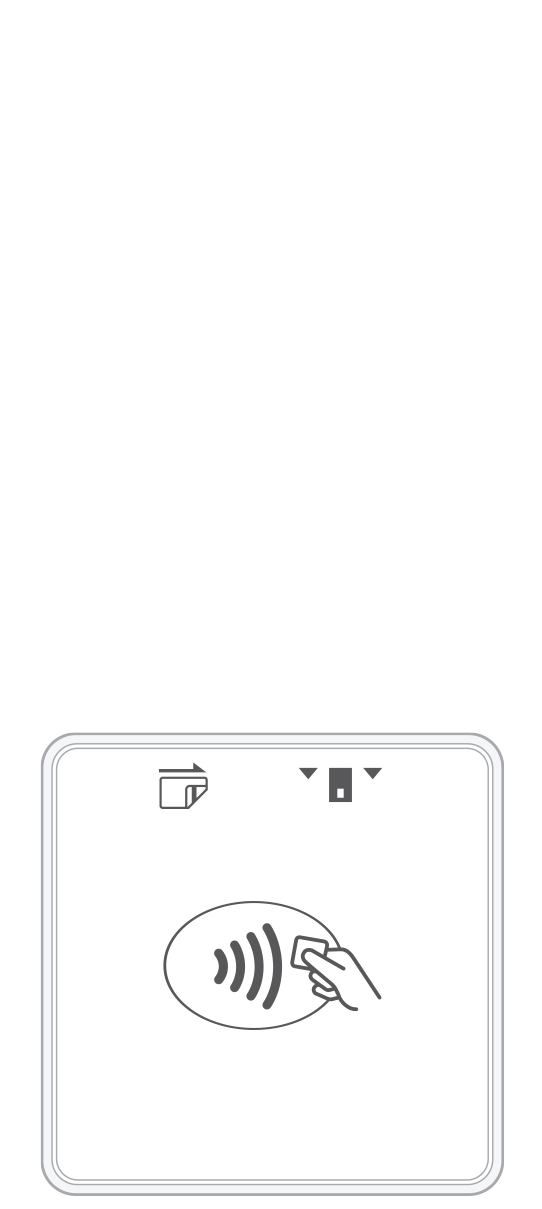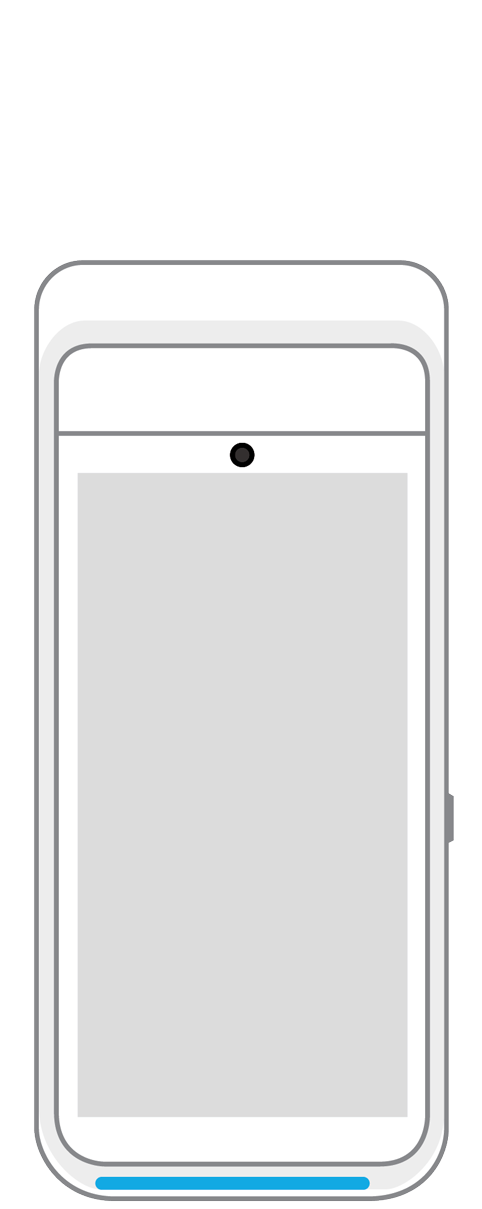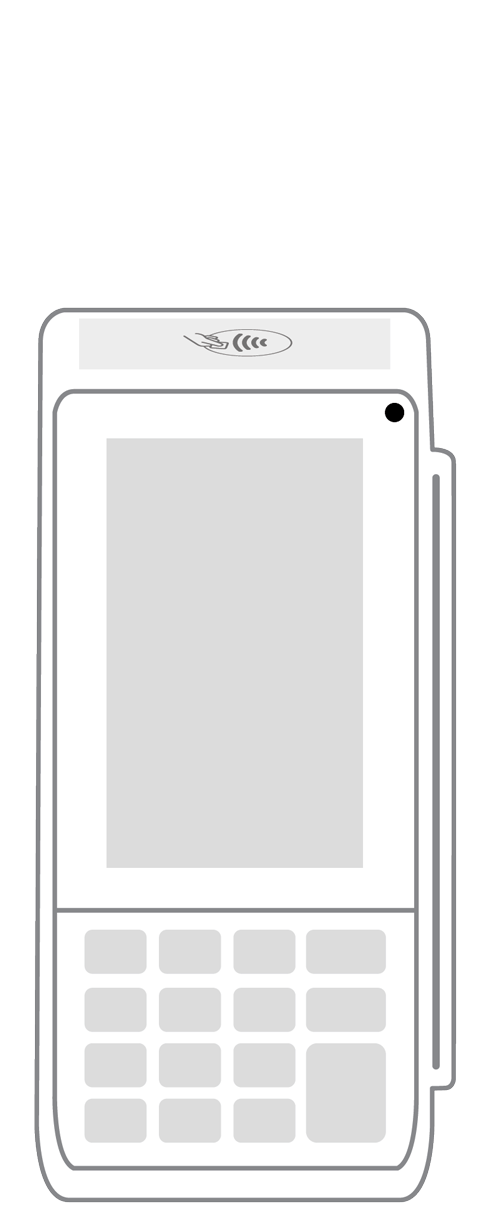Brick and mortar vs. online: which is more likely to have returns?

Embed This Infographic
Copy and paste the code below to get this infographic onto your website or blog.

Online vs. Brick and Mortar: Which Is More Likely to Have Returns? - An infographic by the team at Payanywhere
It seems safe to say that customers have been returning items they have purchased since the beginning of commerce. However, recent trends point toward an increase in this behavior. Perhaps more interesting still, it is happening across the board in both brick and mortar and online settings. It is a phenomenon that bears further examination.
Online retailers.
Less than one-third of all items bought via the internet are sent back. Furthermore, more than two-thirds of all customers will make a return within a three-year period. It seems that the majority of purchasers are well aware that there is a good chance they will not keep what they buy.
This means, prominently displaying clearly written policies and procedures on your website can be extremely helpful for customers and merchants alike. For one thing, people are more likely to risk providing their credit or debit card information to a seller whose policies are transparent, particularly if they offer free returns and exchanges. This added benefit is often enough to convince customers to make repeat purchases, since data shows 62 percent of customers are willing to put their money where their mouth is. In general, the easier, cheaper, and more convenient a merchant’s returns and exchanges procedure is, the happier buyers will be and the more likely they are to return and make additional purchases in the future.
Common reasons for consumers to return products online.
As this study shows, there are several reasons customers cite for sending merchandise they have purchased online back. Since no merchant wants to go through the inconvenience and expense of accepting returned items more than is necessary, it makes sense to take steps to reduce the numbers of returns being made whenever possible.
For instance, more than 50 percent of what was sent back had some sort of defect, while 40 percent of all items were returned because customers said the items were not what they had ordered. Enhanced quality control measures on your end can minimize these types of returns. By the same token, 46 percent of the products that were sent back did not meet the customers’ expectations and 33 percent looked different than anticipated. While you can never reduce these numbers to zero, clear product descriptions and images can go a long way toward ensuring that customers get exactly the product they wanted to receive.
Then, there are the returns that are more deliberate. Ecommerce customers benefit from the fast and easy home delivery that online purchases make possible. However, they have no way to see, touch, or try on the goods they want to purchase before making the payment. For that reason, a small but still significant, 17 percent of shoppers buy several similar items, try them all out at home, and then elect to return those they don’t like. An equivalent percentage of buyers will even impetuously purchase items, particularly if they know that returns will be free. While this may be convenient and attractive for the customer, it does not benefit you, the merchant. To minimize the number of customers who purchase additional or impulse items (or who simply buy extra products in order to reach a shipping threshold) sellers should make it a point to prominently display all return and exchange policies, while also providing clear images and product descriptions. Consumers who know exactly what they will be receiving, as well as any restrictions or return deadlines, will be less likely to send items back or to initiate a chargeback.
Brick and mortar stores.
When people make purchases from physical stores, they have the added advantage of being able to preview the goods before committing with their pocketbooks. That probably explains the lower rate of product returns, which only amounts to about 9 percent. Savvy merchants who run both brick and mortar and online retail establishments often figure out ways to make them complement each other. For instance, consumers can establish a personal relationship with staff in a physical store as they see, touch, and gain more information about products and services. They can then elect to buy items at that time or, as often is the case, do so once they get home via their PC or laptop. A key advantage of this symbiotic relationship between brick and mortar and ecommerce is the returns procedure. Customers who may have been hesitant to make their purchase online because of the inconvenience of boxing up and mailing it back if they were dissatisfied, are often much happier about the prospect of being able to consummate the return in person at a physical store.
It stands to reason that the holiday season represents the busiest time for product returns. The vast majority of the goods that are brought back are clothing items and accessories, while most of the remainder are electronics.
All of this goes to show that customers love generous return policies, preferably those with no costs attached. However, this can be very expensive and time consuming for merchants. What is a customer service-oriented, economically motivated business owner to do? By all means, consider offering a generous returns and exchanges policy. However, you’ll also want to know how to identify and deal with serial returners. Furthermore, take steps to guarantee that you have efficient procedures in place to deal with returned items, including separating those that must be discarded from those that will be restocked. For many businesses, this means outsourcing warehouse, order, and inventory management. Leaving tasks such as these to the experts is often the best way to streamline what can be a complicated, yet important, business process.
 3-in-1 Reader |  Terminal |  Keypad |  PINPad Pro |  Flex |  POS+ | |
|---|---|---|---|---|---|---|
Payment types | ||||||
EMV chip card payments (dip) | ||||||
Contactless payments (tap) | ||||||
Magstripe payments (swipe) | ||||||
PIN debit + EBT | ||||||
Device features | ||||||
Built-in barcode scanner | ||||||
Built-in receipt printer | ||||||
Customer-facing second screen | ||||||
External pinpad | ||||||
Wireless use | ||||||
Network | ||||||
Ethernet connectivity | With dock | |||||
Wifi connectivity | ||||||
4G connectivity | ||||||
Pricing | ||||||
Free Placement | ||||||